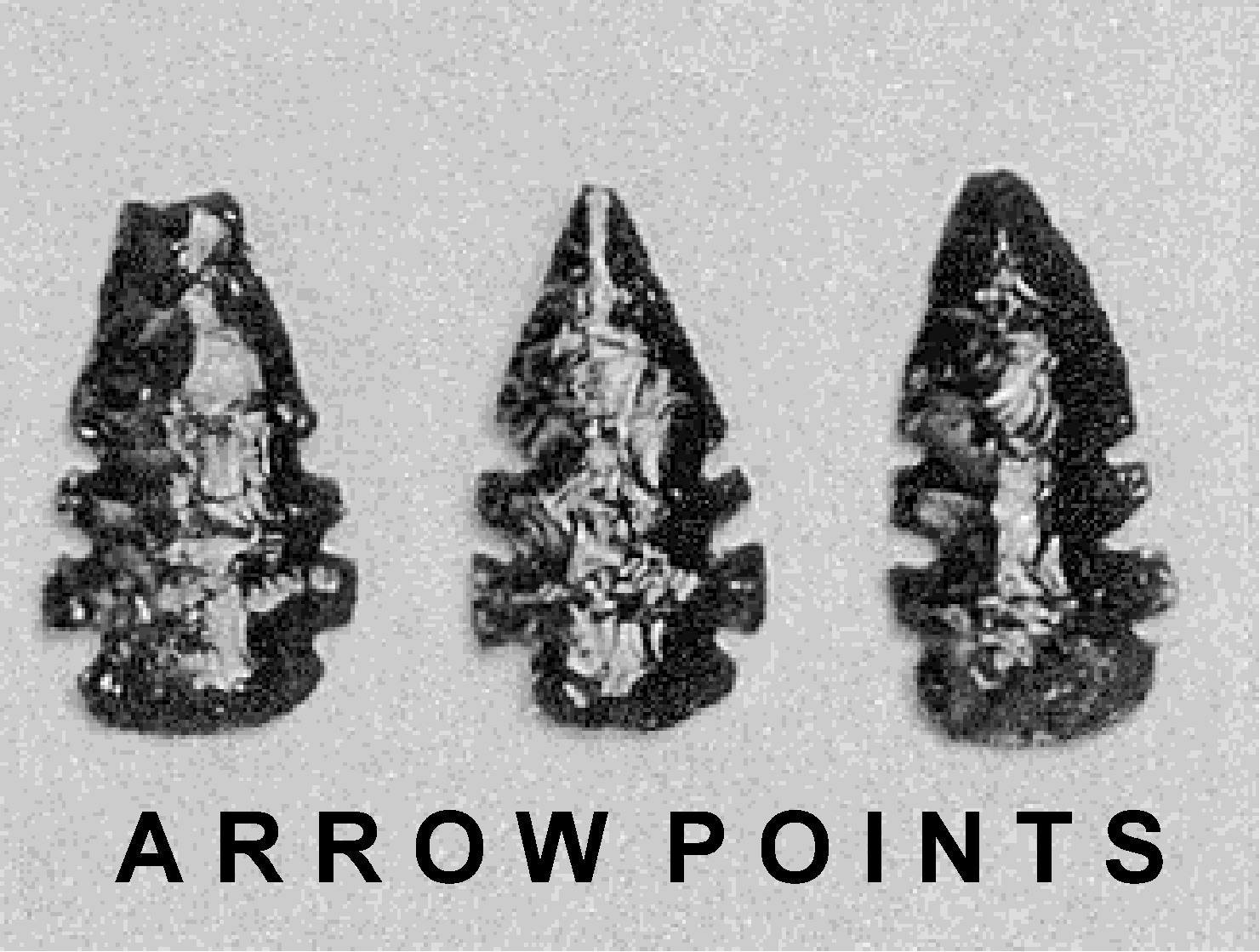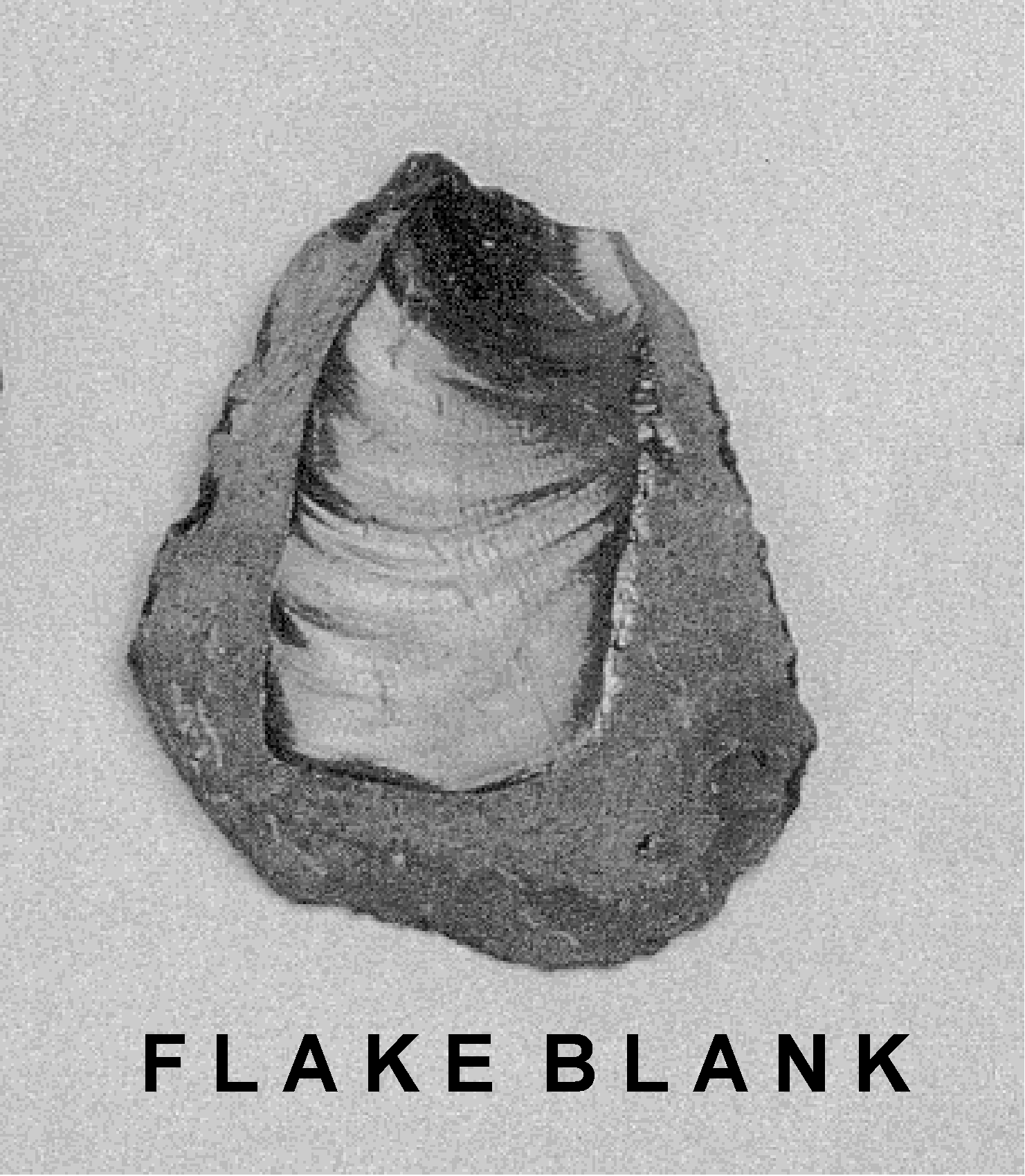An Investigation by Holman & Assoc., San Francisco
Archaeological Excavations and Burial
Removal at ALA-483, -483Extension, and -555,
8 June 1997
Archaeological
investigations by Holman & Associates of
If you wish to download any of the following images, place the mouse's cursor on the image, click the right mouse button, and select "Save Image As".
Click here to go to a map of obsidian sources.
Click here to go to charts
of obsidian hydration values for the sites and sources.
Building on previous studies by Basin
Research, the analyses showed that obsidian use reflected periods of site
occupation during the Early, Middle and Late periods in
Ala-555 was initially occupied during the
latter part of the Middle Period. Increased obsidian use at this site appears
to correspond with a period of decreased use at Ala-483 and -483Ext. The
obsidian assemblage from this site was dominated by
 With
the exception of several lanceolate and stemmed
forms, the majority of typological projectile points recovered during the
present investigations were small serrated arrow tips, mostly from Ala-555.
These had a mean hydration value of 1.8 microns (or about A.D. 1500 b.p.). Additional obsidian artifacts included some flake
blanks, point preforms, many simple flake tools, a
few cores, and large edge-trimmed flake blanks. Technological organization at
ALA-555 was defined by acquisition of large NV flakes which were treated as
cores to produce small points, preforms, and
miscellaneous simple flake tools. A similar strategy appeared to have operated
in the
With
the exception of several lanceolate and stemmed
forms, the majority of typological projectile points recovered during the
present investigations were small serrated arrow tips, mostly from Ala-555.
These had a mean hydration value of 1.8 microns (or about A.D. 1500 b.p.). Additional obsidian artifacts included some flake
blanks, point preforms, many simple flake tools, a
few cores, and large edge-trimmed flake blanks. Technological organization at
ALA-555 was defined by acquisition of large NV flakes which were treated as
cores to produce small points, preforms, and
miscellaneous simple flake tools. A similar strategy appeared to have operated
in the
 Obsidian
findings from two of the graves were particularly interesting. Burial 25
contained 16 small serrated points and point fragments all made of
Obsidian
findings from two of the graves were particularly interesting. Burial 25
contained 16 small serrated points and point fragments all made of
Burial 107 was a cremation accompanied by
a unique mortuary offering comprised of many large obsidian flakes, a small
serrated point, a uniface fragment (the distal end of
an overshot thinning failure), and a thick flake core. After refitting many of
the broken pieces, a total of 67 whole flakes and 102 additional flake fragments
were tabulated. Many of the pieces had been heat-affected and exhibited
crazing, crumbling, and crenated fractures. This
might have affected hydration rims. Other items were presumably farther from
the heat and appeared unaffected.
Seven specimens were selected from the
Burial 107 assemblage for hydration testing. The sample included five large
flakes (45.0-78.0 mm wide) devoid of any obvious effects from the cremation
heat, the serrated point, and the uniface (burned on
the proximal end). The latter artifact yielded a rim value of 3.5 microns from
an unburned location. The serrated point had a 3.0 micron band. A single large
non-cortical flake returned a value of 1.7 microns. Two of the large cortical
flakes returned single values of 1.1 and 1.3 microns. Another cortical flake
had two bands: 1.9 and 2.4 microns. The other cortical flake did not have a
visible band. The obsidian hydration laboratory did not report any unusual
characteristics of the hydration bands that might indicate alterations resulting
from the heat of the cremation. Given these results, it seems likely the
cremation took place approximately 550-185 years ago (ca. A.D. 1440 to A.D.
1800), as determined by the smaller cluster of hydration band values.
The technological organization of site
inhabitants of Ala-555 may have developed, in part, in response to factors such
as complexity of social organization, exchange relationships, and distance from
obsidian source. The development of more regularized exchange systems during
the Emergent Period has been well-documented (Fredrickson 1974). Other factors,
such as inter-group relationships with neighboring peoples, might also have
played a significant role in the obsidian requirements of the site's
inhabitants. The obsidian studies for the collections from these sites yielded
a series of data sets useful for constructing a model of Late Period obsidian
use in the
· Wiberg, Randy S.
1995 Archaeological Excavations and Burial Removal at ALA-483,
-483Extension, and -555,
·
Fredrickson, David A.
1974 Social Change in Prehistory: A
·
1994 Prehistoric Exchange Systems in
·
1975 Typology, Trade, and Trace Analysis: A Test of Local Manufacture of
Return to the top of this document.
Go to ALA-42
Go
to SOL-356
Go to Franz Valley Obsidian
Go to Visual Sourcing of Eastern
Sierra/Western Great Basin Obsidians
Go to Map of Major Obsidian
Sources in California & Western Nevada
Go to Charts of obsidian
hydration results from Pleasanton studies
Return to Archaeological Studies Page